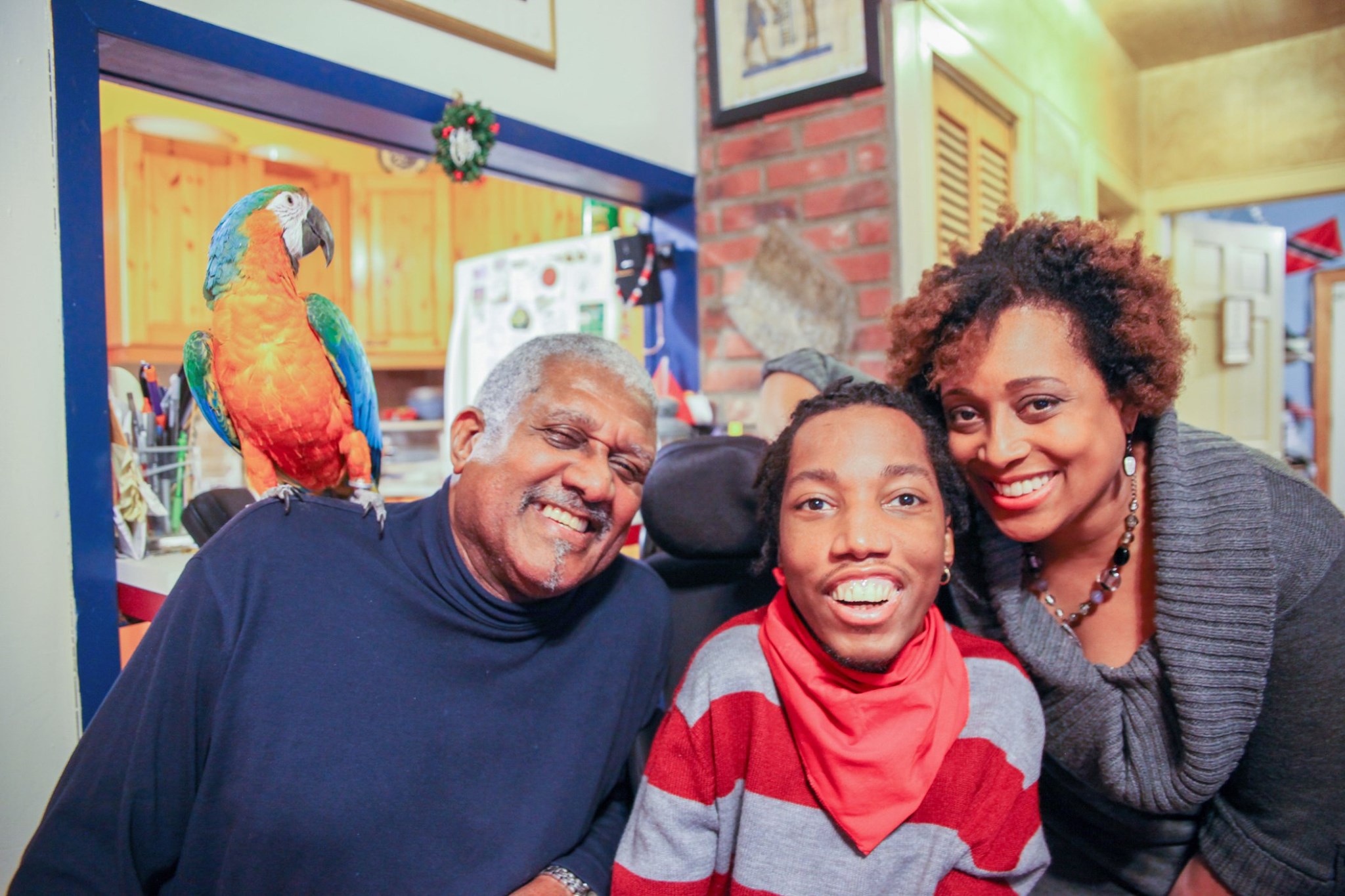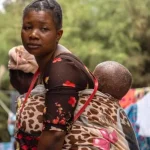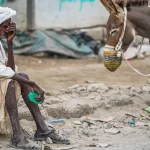Life as a child is meant to be fun, exciting and full of adventure but for a child living with sickle cell anaemia, there is no way this was going to happen.
Tartania Brown was diagnosed with sickle cell anaemia (an inherited red blood cell disorder in which there aren’t enough healthy red blood cells to carry oxygen throughout your body – as defined by Mayo Clinic) as a child, at a time when there was very little known about the virus.
‘I remember always being mad at my parents because I never got to do any of the things other children could do. I could not play in the snow like other kids and even if I was allowed to, I was dressed in so many clothes I could barely lift my hands. They did all this to protect me, because there was very little understanding of this disease.’
Sickle Cell Anaemia is known to affect people of African and Caribbean descent and Tartania’s parents immigrated to the United States from Trinidad.
‘I had two lives growing up. One in the hospital and one at home. I was a very bubbly child and because I spent a lot of time in the hospital, I became friends with the nurses, the janitors, virtually anyone who walked through my door.’
The decision to have another child was a very difficult one for Patrick – Tartiana’s dad – and her mum. But eventually, they decided to have another baby, Christopher.
Christopher also diagnosed of sickle cell anaemia when he was born, was an even more bubbly kid. Very popular with the neighbours and the entire neighbourhood. Tartania Brown was absolutely obsessed with her brother, since she had been asking her parents for a sibling for the longest time.

It, therefore, came as a big blow to the family when he suffered a stroke at just 4 years.
Patrick narrates the event saying, ‘Christopher due to his condition is not allowed to play in the snow for too long because it triggers a crisis. This day, the snow started in school and Christopher’s teacher allowed him to go out with the other kids to play. He stayed in the snow for over 45 minutes. After school he came home and fell sick. According to the doctors, young Christopher had had a stroke -three strokes in succession actually, and they were not sure if he was ever going to come out alive.’
Christopher did survive these strokes but was unable to talk or walk after this. Watching the doctors work on Christopher and attempt to bring him back to life, gave Tartania a new ambition to want to become a doctor.
She also wanted to help Christopher anyway she could. Tartania gained admission to the New York University to study medicine just like she hoped, but not without its challenges.
Barely weeks after starting the course, Tartania says she fell sick and this continue over the next few years. She often struggled with infections, regular crisis and even a surgery on her liver, over the course of her study, but her friends and family never neglected her.
They were always ready to support Tartania in any way possible and she interestingly recalls one day when she fell very sick and had to be admitted by her colleagues. ‘It was very interesting because here I was being taken care of by my colleagues. It was an interesting experience.’
Her desire to take care of patients with sickle cell anaemia became too much for her. ‘It was a lot for me having to live with sickle cell anaemia and then coming home to care for Christopher with it at home and then seeing them every day in the clinic. It was starting to take a toll on me, so I switched to palliative medicine. I still work with sickle cell patients, but I see other patients too, so they are not all I do.’
Tartania Brown has defied odds and gone on to live beyond her teenage years as researched suggested a few years back. There are currently only two drugs used in the treatment of the disease and Tartania says this is due to a number of reasons, including the ‘kind’ of people this disease affects (Africans and people from the Caribbean), availability of funds, the average number of people affected by it, among others.
However, there’s currently a growing interest in the field and more and more people are investing in finding a cure or more drugs to help manage the disease.
Tartania is a part of the few people who have defied studies and statistics and lived beyond scientific expectations. Currently people living with sickle cell anaemia have been projected to live as long as 60 years and Tartania hopes there did be a cure while the rest on the world learns to live with the disease.














